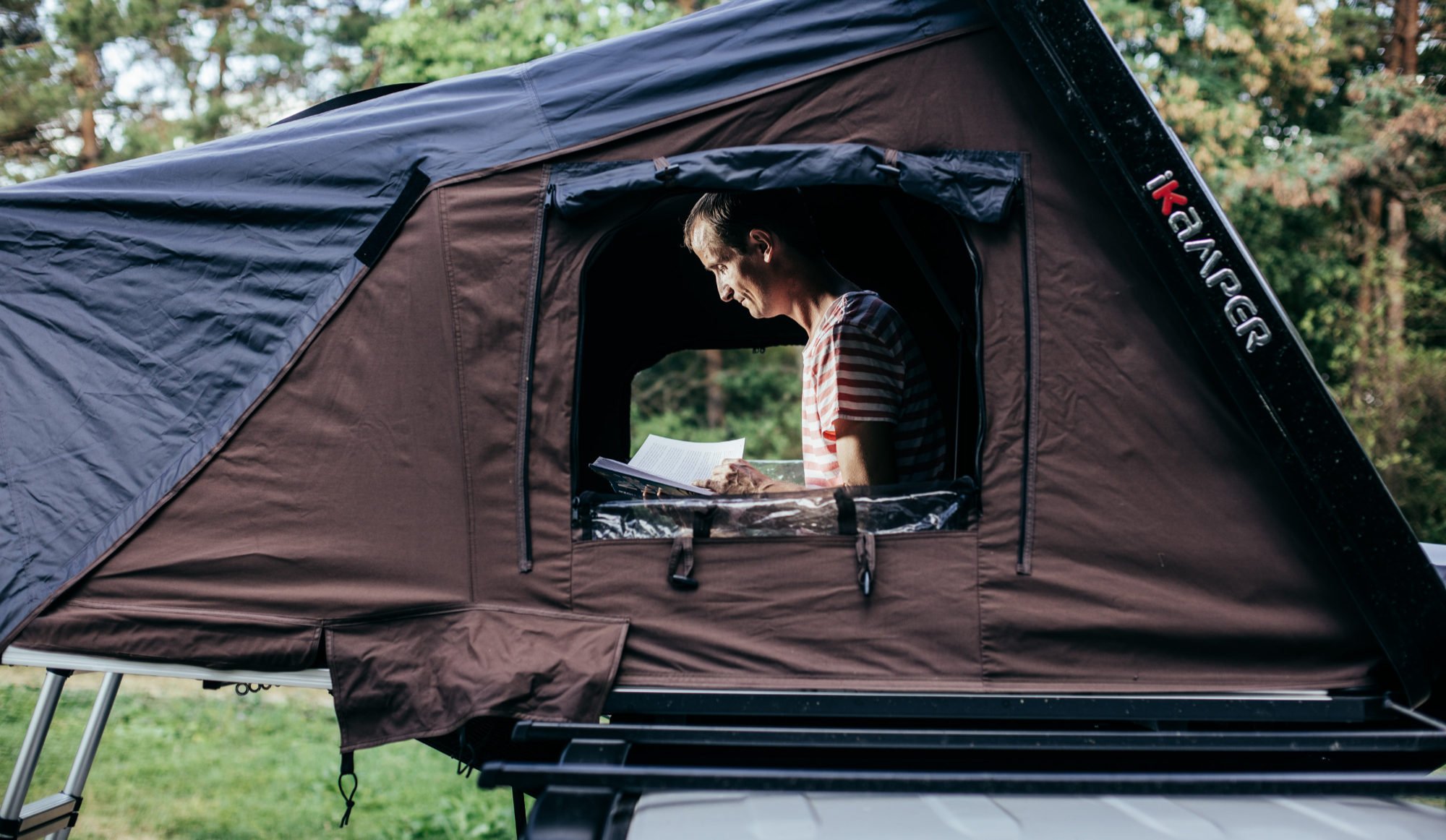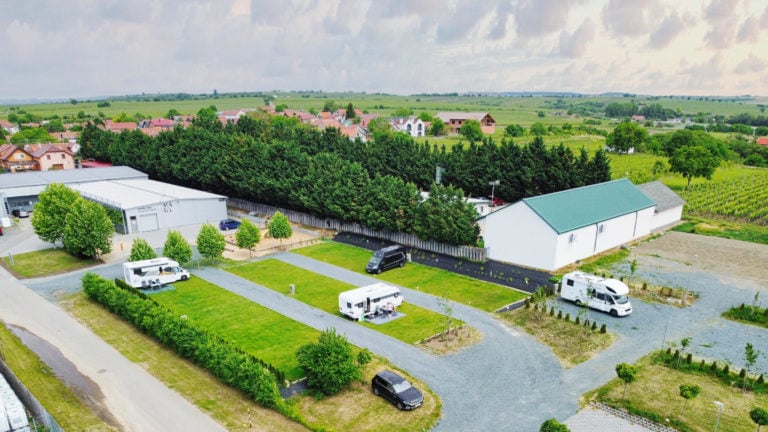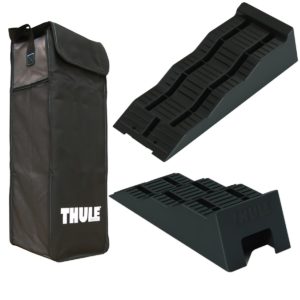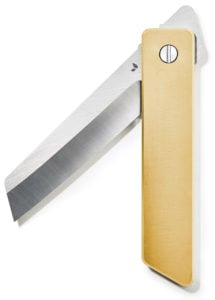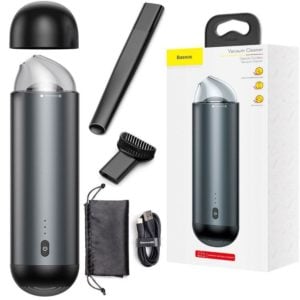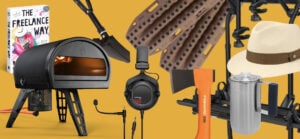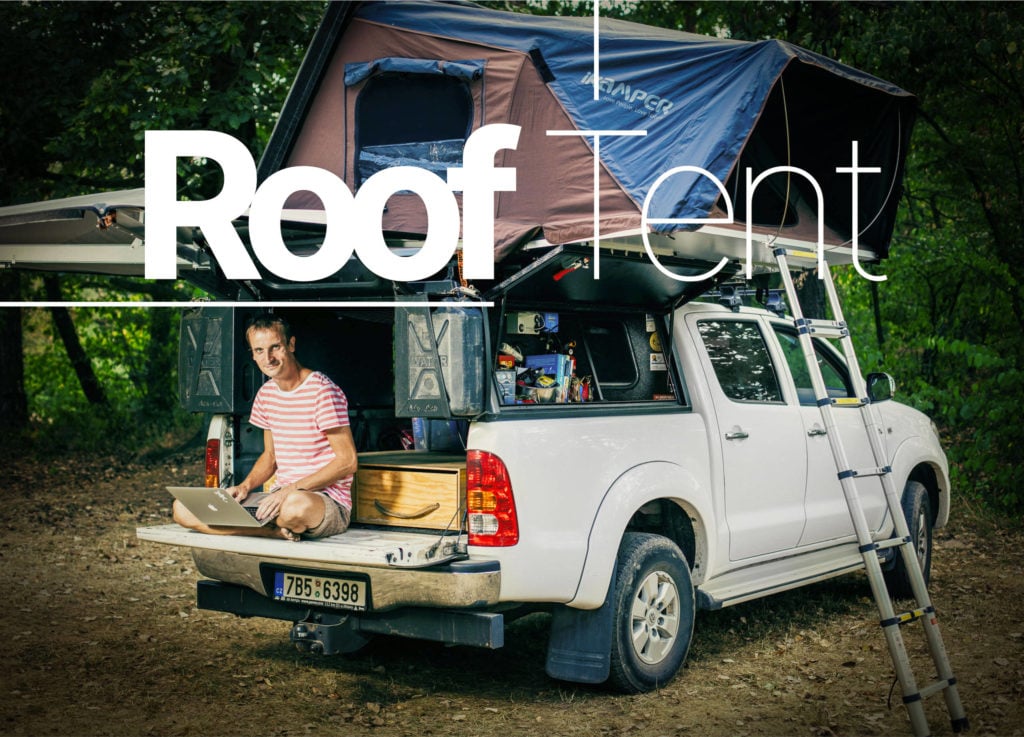
How to Buy a Roof Top Tent +Tips
We've criss-crossed Europe from west to east on our travel trailer and car. Then, we've tried to gear up for something more adventurous. After checking out vans and pickup campers made by various manufacturers, we fell in love with the idea of a rooftop tent for our 4×4 pickup truck.
Are you on the hunt for ideas on what rooftop tent (RTT) to buy for your vehicle? Look no further. Here you will find all the answers to questions that we ourselves had before we bought our own rooftop tent. As in other cases, there are so many options. Let's see what the world has to offer for your next adventure.
There are many ways to convert a pickup truck into a house on wheels. Not every conversion is a good option for a family, though. Some might even argue that any pickup conversion is not for families, but there are good examples that testify that this is not true. It gets even more challenging for digital nomads who travel slowly, working on the road, as we do. Car rooftop tents are an option, but there are others, some heavy and comfortable, some lightweight.
TOP THREE Roof Top Tents
- Front Runner Outfitters roof-top tent — it's lightweight and well made
- Smittybilt Overlander — it's the cheapest option
- iKamper Skycamp TOP — it's a popular, well-crafted tent (and we bought one)
Prices start at around $900 for a budget tent and go up to $3,500 for the best tents on the market. Some tents also have various upgrades and extra options.
Also, check roof-top tents
on Amazon
Options for Pickup Camper Conversions
- Soft Roof Top Tents →
- Hard Shell Roof Top Tents →
- Fibreglass Camper Shells →
- Off-road Trailers →
- Other, more crazy, options for Pickup trucks →
At first, we considered fibreglass shell campers and various pop-up tent solutions for our Toyota Hilux. After months of research, we decided to go with a budget solution – we bought an aluminium hard shell roof top tent. There are also more luxurious solutions; I will mention those later in the article.
Roof Top Tents on the Market
We need to go out and explore, as the folks from Overland Bound would say. So we thought: “Hey, let’s try something new! Let's scale down, even though we're a family of four.” And we're ready to explore all available options with you. Let's look at the best roof top tents the world has to offer.
There are two categories of pickup trucks. The first is a vehicle typically sold in North America, like the Ford F150, that runs on petrol and is typically very big. And then there's the rest of the world, where pickups are Diesel powered and smaller. Outside of the USA, the Toyota Hilux is the king of pickup trucks, followed by the Nissan Navara, the Mitsubishi L200 (now Triton), the Ford Ranger, and recently, the Volkswagen Amarok and the Mercedes-Benz X-Class. They're roughly the size of a Toyota Tacoma.
Soft Roof Top Tents
These are sometimes called Book Style Tents and they recall a traditional A-frame tent, with an internal pole and an almost triangular shape. They definitely look cool and attract attention. They are also lightweight, especially the Tepui roof top tents and the FrontRunner tents, even though they are usually made of the most robust canvas available. But from a usability point of view, they're pretty difficult to maintain, to dry, and to pop up and collapse. They're also less aerodynamic than hard-shell tents, which affects fuel economy.
Actually, these tents started it all, so they're made by the most experienced tent production companies. They play a role in the evolution from the ground tent to the hard rooftop tents that are popular these days.
Price range: $1,000 to $2,500 → The Budget Option
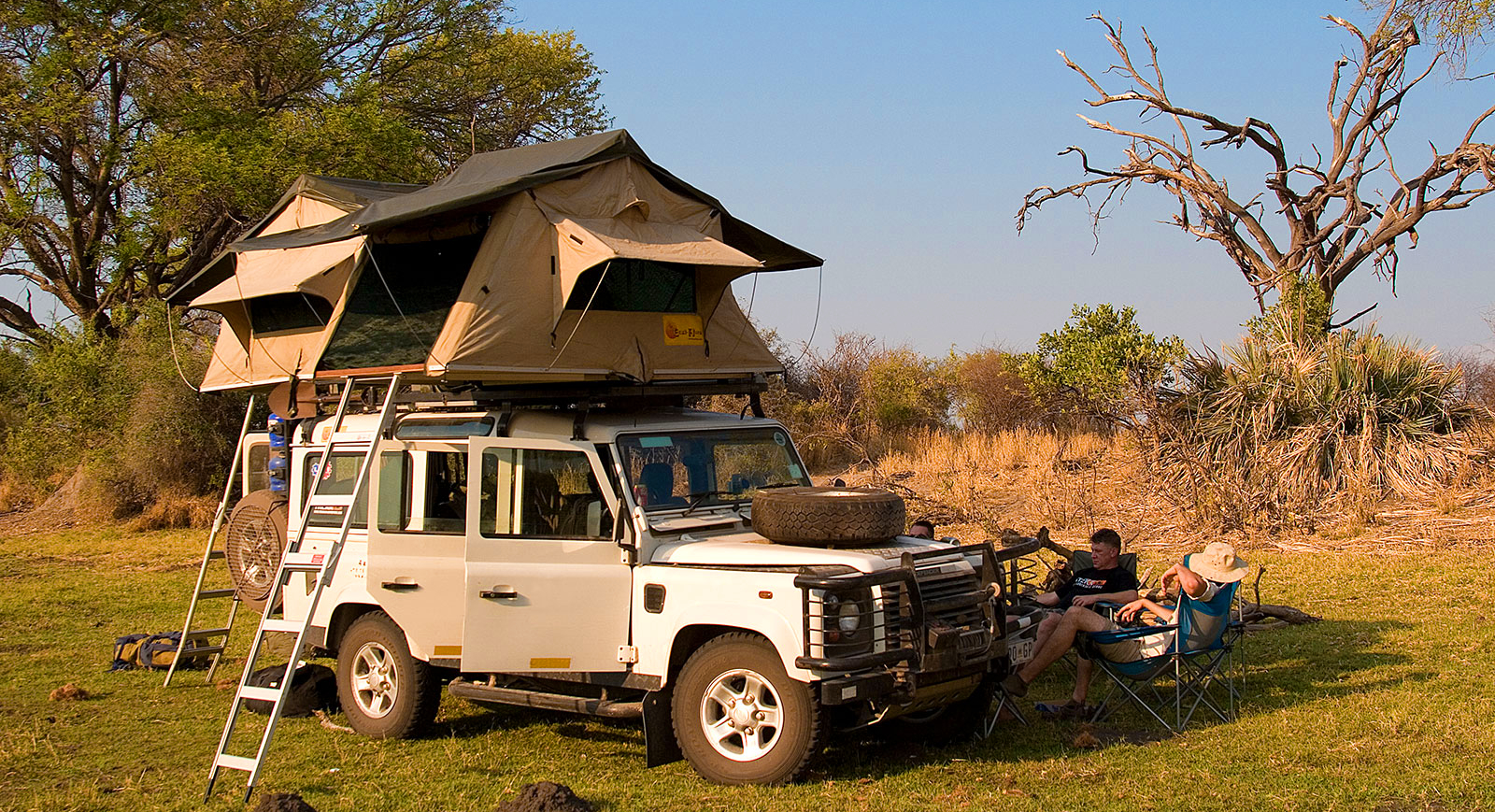 Eezi-Awn (South Africa)
Eezi-Awn (South Africa)
 ARB (Australia)
ARB (Australia)
 Cascadia Vehicle Tents or CVT (USA)
Cascadia Vehicle Tents or CVT (USA)
 Tepui (USA)
Tepui (USA)
 Front Runner Outfitters (USA)
Front Runner Outfitters (USA)
 Smittybilt Overlander available on Amazon (USA)
Smittybilt Overlander available on Amazon (USA)
 Mombasa (USA)
Mombasa (USA)
 Yakima SkyRise (USA)
Yakima SkyRise (USA)
& there are more soft-shell tents
on Amazon
Hard-Shell Tents for Cars
And finally, here's the solution where shape meets function. These tents are the most popular nowadays. They're a little bit more expensive because of the fibreglass shell, but they're highly effective from many points of view, sturdy, and well-manufactured. They're also aerodynamic and easy to carry on your roof year-round, without much risk of getting damaged by bad weather conditions.
This type of tent was our final choice among all 4×4 roof top tents we considered. At the time we were purchasing our iKamper Skycamp roof top tent, the product had just hit the market after a successful Kickstarter campaign (they gained second place of all-time campaigns at Kickstarter). So our order was shipped directly from South Korea to Europe. Since then, the tent has become more and more popular. They also started to make a smaller version (for two adults) and many cool options. So this piece of gear is really a solid choice that I'd recommend if you don't know what to choose.
We have also received great customer service after the purchase. Skycamp was also awarded the RedDot Design Award in 2018. So, all in all, they really deliver quality rooftop tents 🙂
Price range: $2,500 to $3,500 → Comfort for Extra Money
 Our iKamper Skycamp in Porto, Portugal (South Korea)
Our iKamper Skycamp in Porto, Portugal (South Korea)
 Alu-Cab Gen 3 Expedition (South Africa)
Alu-Cab Gen 3 Expedition (South Africa)
 James Baroud (USA)
James Baroud (USA)
 AutoHome (Italy)
AutoHome (Italy)
 Roofnest (USA)
Roofnest (USA)
& there are more clamp-shell tents
on Amazon
Why Buy a Rooftop Tent
Car roof top tents, also called RTTs, have become more popular recently, as the overlanders community and overall availability of car camping gear is growing. The car roof top tent is a blend of a regular, less comfy, ground tent and a heavier, hard camper. They're easy to mount to virtually any vehicle, not just 4x4s and adventure vehicles.
The tent can be set up in minutes, and it is out of the way when traveling from place to place. There is a ladder included in the package; you just need to put it up to gain access to the tent. The tent offers significantly increased comfort over a ground tent but has downsides as well.
Because the tent can be set up and packed away quickly, you get more time to do the things you love and that's, I'd say, the best benefit and a solid reason why to buy this expensive tent.
Once you start traveling and meet other campers, you'll always experience that feeling of: “I might be better off and happier with a different set-up, like the one my friend has.” That happens to me all the time. We're constantly searching for a better rig. But the big risk of this is that I usually don't see the downsides of a different setup right away, so everyone else's solution looks better than what I currently have. Before we bought a rooftop tent, I had all these pickup or car camping options in mind:
- A pickup camper
- A rooftop tent as a value/price compromise
- Keep the existing setup – a travel trailer (caravan)
- A camper van
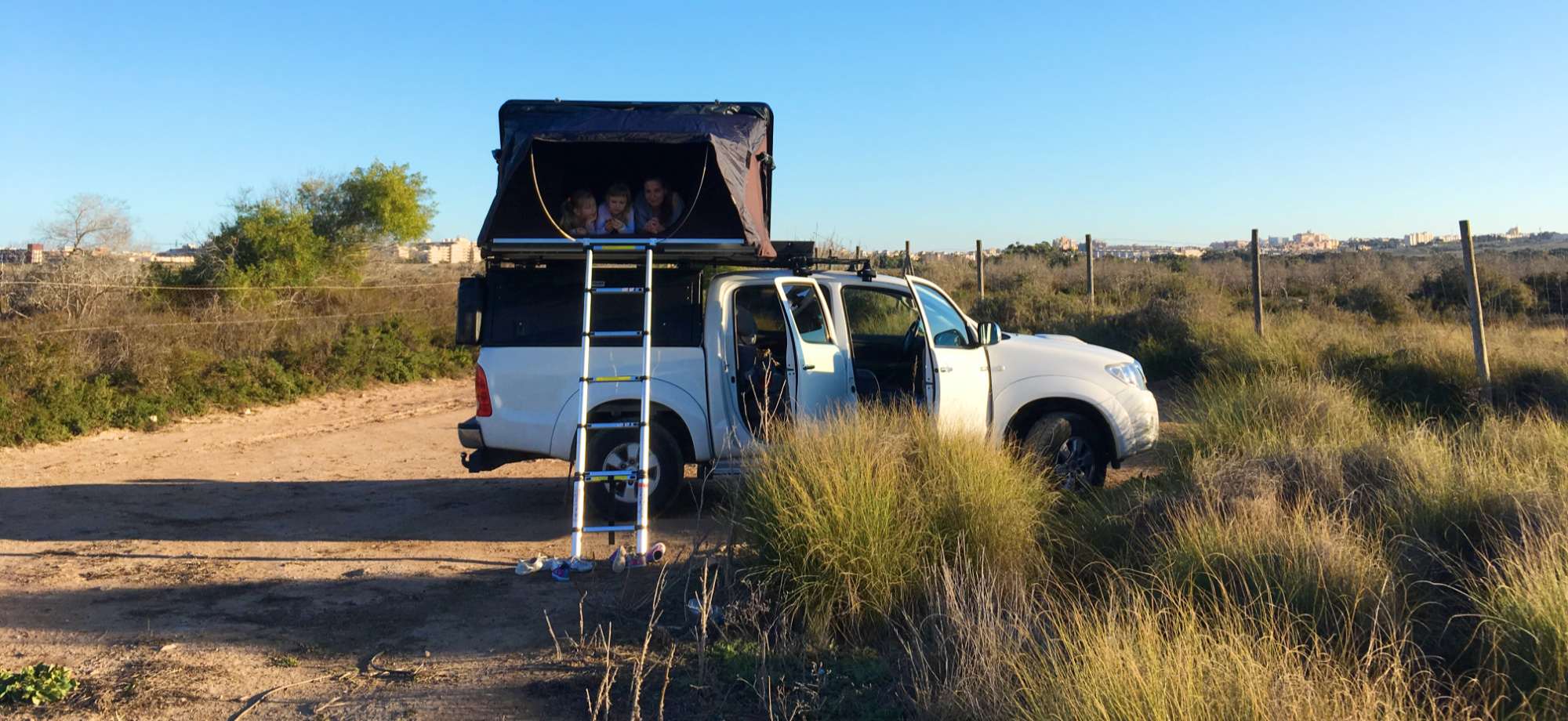
My girls hanging out n the rooftop tent on our Toyota Hilux, somewhere in Spain
I love our Toyota Hilux pickup truck. It's maneuverable, strong, easy to repair, high, and comfy enough to travel long distances. So I was searching for something compatible with the truck that our family of four travels in.
A pickup camper would have been a little bit of an overkill for us. It's too pricey and there isn't much space for working and cooking inside when the weather isn't good. Also, keeping our existing set-up would not be much progress. I personally love to increase my experience and knowledge – so I can keep owning the name GuruCamper 😉
Obviously, one option that we also considered for camping, many times, was a van suitable for stealth camping. That would probably work best, but it would mean replacing the Hilux and building the interior from scratch, like the MaliMish family and many others did.

The MaliMish family and their MB Sprinter Van
So we've chosen a rooftop tent for now. That said, we don't know yet if that's our final decision for our travel vehicle. We're still looking around, attending events and meet-ups, so, that finally, one day, we can find the ideal camping vehicle, one that we can keep forever.
That said, let's sum up the pros and cons of rooftop tents.
The Positives of Roof Top Tents
- Retains the maneuverability of the vehicle
- Stores on top of the roof
- Cheap price, compared to other options
- We can keep our Toyota Hilux
- Easy to pop up
- Less hassle to store it, compared to a trailer or fibreglass camper
- Not much dirt gets inside the tent
- It has its own permanent mattress
- It offers storage for our sleeping bags
- No critters, bugs, and other animals can get inside
The Negatives of Roof Top Tents
One could say that these tents have some serious drawbacks, but if you are an expedition traveller and all you do is travel and sleep somewhere, then such a tent is a good choice, as it's a real improvement from a standard tent in which you sleep on the ground. Even then, it's good to keep in mind the downsides:
- The increased windage of your vehicle lowers fuel economy a little
- Security isn't as good as on a real camper or fibreglass shell
- Getting dressed is not easy – you can't stand up in a tent
- Safety on a ladder is a serious risk
- Ventilation and high levels of moisture could be an issue in some weather
- Higher centre of gravity
In this video, Andrew mentions many important decisions you need to make before buying a rooftop tent for you car, which would make it a breeze to use, rather than a pain in the ass.
Although the installation of an RTT might require some skill, and most likely some time and help from friends, once the tent is mounted on the vehicle, you can keep it on there for a few months, or even years. That's what we do. Obviously, you'd need to account for added fuel consumption, but I was surprised by how little the tent adds to our fuel bill. Also, you or your partner would look very cool while driving around town with an expedition rig 😉
There are also some more challenges to sleeping in a rooftop tent, such as having to park on a relatively level surface, if you want to sleep well. That applies to any camper or tent. There's also the challenge of climbing up the ladder every now and then, or getting your dog up there. The worst is when you need to go to the bathroom in the middle of the night.
Comparison Table of Roof Top Tent Manufacturers
| Product | Type | Sleeps | Weight | Annex | Price from |
| Eezi-Awn | Soft Shell | 2-4 | TBD | Option | $1,850 |
| ARB Simpson III | Soft Shell | 2 | 81kg | Option | TBD |
| Cascadia Vehicle Tents / CVT | Soft Shell | 2-3 | 57kg | Option | $1,695 |
| Tepui Kukenam | Soft Shell | 2-3 | 59kg | Option | $1,275 |
| Front Runner Outfitters | Soft Shell | 2 | 43kg | No | $1,099 |
| Smittybilt Overlander | Soft Shell | 2-4 | 63kg | Option | $899 |
| Mombasa | Soft Shell | 2-4 | TBD | Option | $1,490 |
| Yakima SkyRise Medium | Soft Shell | 2-3 | 52kg | No | $1,099 |
| iKamper Skycamp | Hard Shell | 2-4 | 70kg | Option | $3,599 |
| Alu-Cab Gen 3 Expedition | Hard Shell | 2 | 76kg | No | $4,000 |
| James Baroud | Hard & Soft | 2-3 | TBD | No | $2,749 |
| AutoHome | Hard Shell | 2-3 | TBD | No | TBD |
| Roofnest | Hard Shell | 2-3 | 55kg | No | $2,495 |
Fibreglass Camper Shells
Compared to tents → with a fibreglass camper, you get the highest security, the best comfort, and the biggest price tag. But if you plan to do a lot of long overland expeditions, this is a great way to stay agile, even in the most hostile environments you can find on planet Earth.
This list of fibreglass pickup campers is sorted by what we feel is the best value for money, down to options that might be a little bit overpriced or undeveloped in terms of ergonomics.
Price range: $20,000 to $45,000
 Gazell (France, sold as EarthCruiser GZL in USA)
Gazell (France, sold as EarthCruiser GZL in USA)
 Kerouac 4×4 Camper (Czech Republic)
Kerouac 4×4 Camper (Czech Republic)
 AeroOne (Poland)
AeroOne (Poland)
 Alu-Cab Ossewa (South Africa)
Alu-Cab Ossewa (South Africa)
 Four Wheel Campers (once owned by the MaliMish family)
Four Wheel Campers (once owned by the MaliMish family)
 Palomino RV Real-Lite (USA, cheap and good)
Palomino RV Real-Lite (USA, cheap and good)
 SVA Pop-Up Camper (Czech Republic, super cheap)
SVA Pop-Up Camper (Czech Republic, super cheap)
Off-road Trailer

Conqueror Trailer UEV-490 Evolution (once my dream)
An off-road trailer is a popular camping solution in Australia and Africa. The biggest benefit of a trailer like this is that it doesn't add weight to the pickup truck, so you can take more gear with you by dividing it between the pickup and trailer evenly.
Price range: $10,000 to $35,000
- Conqueror (Australia)
- Patriot Campers (Australia)
- Moby1 (USA)
- Turtleback Trailers (USA)
Other Crazier Options for Pickup Trucks

Overlanding family – A2A Expedition
There are also many less popular rigs that you can fit on your truck bed. One of them is mounting a tent directly onto the truck bed. But that means losing all your storage capacity.

The cheap option – Truck Bed Tent
Another option is the Leentu Camper. This is a super lightweight camper that delivers a lot of space for camping but can collapse into a tiny shell for agile driving. It's somewhere between a tent and pickup camper. This piece of kit starts at the pretty high price point of $10,000. But for now, it's still just a concept.

Leentu Pop-up Camper
Questions to Ask Yourself to Make the Right Decision
Each tent has its own benefits, and this guide can only give you the basic information to make a comparison. You should make a shortlist and dig deeper. I usually head over to YouTube to watch reviews, then download the full price list and the options prices (such as an annex room, aluminum poles, a wind deflector or a rain fly). Finally, I compare each shortlisted item in an Excel sheet.
Cheap rooftop tents are usually lightweight, which means they may not survive the tough conditions your vehicle can get into. Moreover, car camping with kids might tire a rooftop tent quickly. On the other hand, all tents are waterproof and have mosquito netting.
It's also important to keep in mind that some tents have better high-density foam mattresses, some can easily store sleeping bags while packed up and everything stays clean up there, as they're far from the ground.
Roof top tents are usually made out of two fabric types: canvas or plastic. Canvas is usually heavier, needs more care, and it's the material that all traditional tents are made of. New materials are lighter, but they insulate you from the outside temperature less effectively.
Last but not least is the type of ladder to choose. If you're going to travel to dusty areas, such as a desert, the best option is a folding ladder, rather than a telescopic one. The dust can work its way inside a telescopic ladder, making it hard to use over time.

Gear and Equipment for Rooftop Tents
So a rooftop tent isn't cheap. A basic hard-shell tent, plus a roof rack, is worth over $2,500. For the same amount of money, you could buy a used van or truck and work some plywood magic. It may be even bigger and more comfortable. Or you could spend the money on some quality camping gear and a ground tent for sleeping in. They're all viable options. So think twice before you make a decision.

British Army Plastic Water Can
Here is a list of the gear we keep on our truck. Feel free to get inspired:
- IKEA LJUSA hand-powered flashlight
- Decathlon FORCLAZ hand-powered dynamo torch
- SnoMaster 12V Fridge
- 4 sleeping bags, two heavier, two lighter
- Kiboko SUP and 2 safety vests for kids
- AeroPress Coffee Machine
- 100W Solar Panel (solid glass)
- MSR DragonFly Stove (gas or petrol powered) tested in Spain
- BioLite Camp Stove 2 (powered by wooden sticks)
- 3L petrol can for the MSR stove
- 10L water cans originally owned by the British Army, bought from eBay UK
- Some cutlery, pots, and pans from AliExpress
Solid Roof Rack
To install a rooftop tent you'll need to add a sturdy roof rack system to your vehicle. The weight capacity of a roof rack is usually around 176lbs/80kg in dynamic mode (when driving), and a few hundred kilos in static mode (when sleeping in the tent). There are several established manufacturers out there, such as Rhino-Rack, Thule, or Yakima. My personal choice would be FrontRunner, as they produce much cleverer gear.

FrontRunner Rack
What's next?
To summarise, a rooftop tent allows you to sleep virtually anywhere while keeping your car or off-road vehicle agile on and off-road. A camping trip is more comfortable up there than in a ground tent, and it's faster to pop up, too. However, it's still not as comfortable as a camping trailer or a full-size RV.
So if you're getting into overlanding or you'd just like to escape to the wilderness from time to time, rooftop tents are a cheap and comfortable-enough way to sleep safely and easily in the forest or on the beach.
I'd definitely recommend you visit some dealers in your area, so you get a good idea of the size before purchasing. The tent doesn't offer a huge sleeping area, but it's usually big enough for two adults to spend a few nights. If you're a family, like us, I'd recommend the iKamper Skycamp for four, nothing smaller. The Yakima tent is a solid option, in case your budget is limited and you don't need as much space. That would be a solid choice for a beginner because it is easy to mount and remove when not needed. It doesn't need any bolts.
So, some people might like the super cheap price of a ground tent, especially for one camping trip a year. But if you're serious about exploring your area and beyond, a rooftop tent adds huge value to your travel experience, removing the hassle of finding a hotel, campsite, or a flat surface without rocks every night.
We like our tent so far, and we hope you will like yours soon too 🙂

Rooftop Tent on our Toyota Hilux
